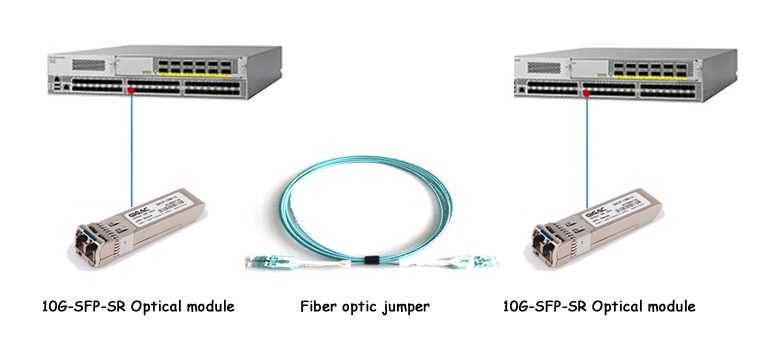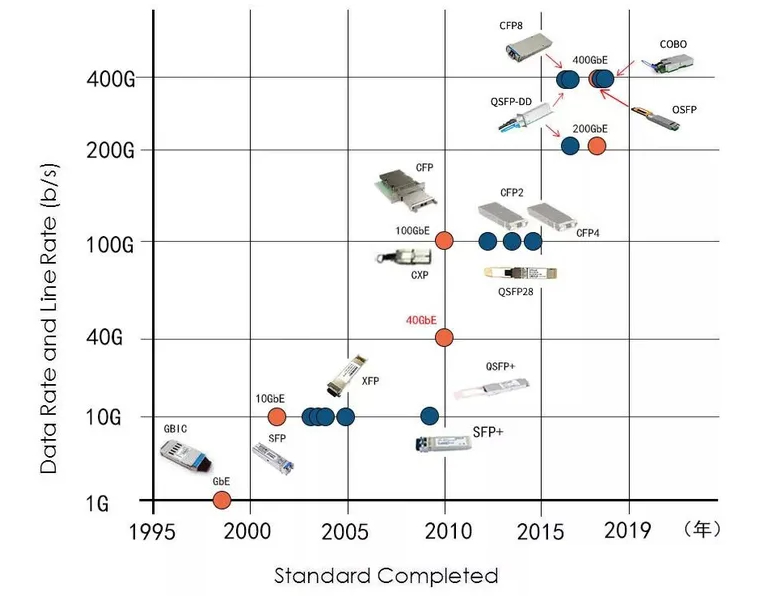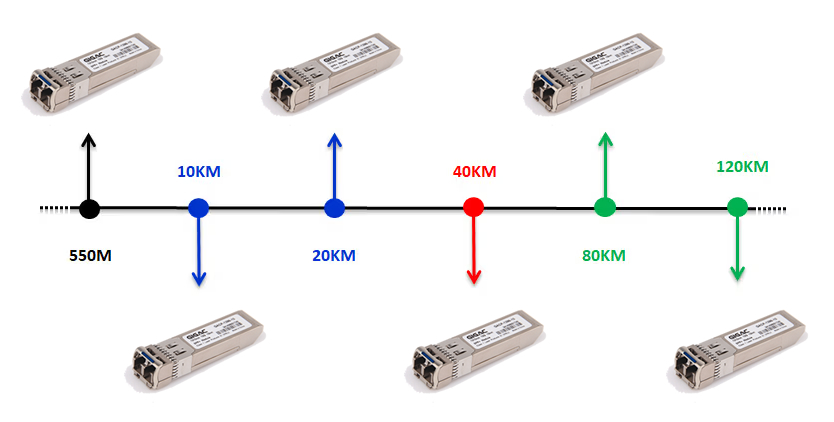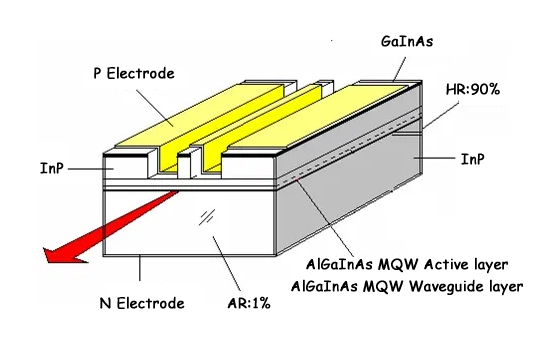Optical modules are carriers used for transmission between switches and devices, and are core components in optical fiber communication systems. Their main function is to convert electrical signals into optical signals at the transmitting end, which are transmitted through optical fibers, and then convert the optical signals into electrical signals at the receiving end.

After years of development, the packaging methods of optical modules have also undergone great changes. GBIC, SFP, XFP, QSFP+, OSFP, QSFP28, QSFP-DD, COBO, etc. are all types of optical module packaging.
The transmission rate also ranges from gigabit, 10-gigabit, 25G, 40G, 100G to 200G and 400G.

In addition to the packaging mode and transmission rate, what other important technical parameters are there for optical modules? Today, let's have a brief introduction.
1 central wavelength
The unit of central wavelength is nm, and there are currently three main types:
850nm (multimode MM) has low cost but short transmission distance, generally only 500m;
1310nm (single mode SM), which has high loss but low dispersion during transmission, is generally used for transmission within 40km;
1550nm (single mode SM) has low loss but high dispersion during transmission, and is generally used for long-distance transmission over 40km, with a maximum distance of 120km without relay.
2 Transmission distance
Transmission distance refers to the distance that optical signals can be directly transmitted without relay amplification, which is divided into short, medium and long distances. Generally, it is considered that 2km and below is short distance, 10-20km is medium distance, and 30km, 40km and above are long distance.

The transmission distance of optical modules is mainly limited by loss and dispersion.
Please note:
• Loss is the loss of optical energy due to absorption, scattering, and leakage of the medium during the transmission of light in optical fibers. This energy dissipates at a certain rate as the transmission distance increases.
The generation of dispersion is mainly due to the unequal speeds of electromagnetic waves of different wavelengths propagating in the same medium, resulting in different wavelength components of the optical signal arriving at the receiving end at different times due to the accumulation of transmission distance, leading to pulse broadening and thus inability to distinguish signal values.
Therefore, users need to choose the appropriate optical module according to their actual networking situation to meet different transmission distance requirements.
3 Output optical power
Output optical power refers to the output optical power of the light source at the transmitting end of an optical module. The unit is W or mW or dBm. Where W or mW is a linear unit, dBm is a value that represents the absolute value of power (also considered as a ratio based on a reference power of 1mW). In communication, we usually use dBm to represent optical power.
P(dBm)=10Log(P/1mW)
| +1db,Multiply the power by 5/4 times | -1db,Multiply the power by 4/5 times |
| +2db,Multiply the power by 8/5 times | -2db,Multiply the power by 5/8 times |
| +3db,Multiply the power by 2 times | -3db,Multiply the power by 1/2 times |
| +10db,Multiply the power by 10 times | -10db,Multiply the power by 1/10 times |
Conversion specifications
4 Acceptance sensitivity
The receiving sensitivity refers to the light intensity that can be detected, measured in dBm. Generally, the higher the rate, the lower the receiving sensitivity, that is, the larger the minimum received optical power, and the higher the requirements for the receiving device of the optical module.
5 Laser type
• FP lasers:
The resonator of FP lasers is formed by the natural cleavage plane of the coating, which can only achieve static single-mode operation. When subjected to high-speed modulation or temperature and current changes, mode hopping and spectral broadening occur.

• DFB lasers:
DFB is a distributed feedback laser, which differs from other lasers in that it has a Bragg grating built-in and emits light from the side of the semiconductor. DFB lasers integrate the Bragg grating into the active layer (or gain medium) of the laser, forming a mode-selective structure within the resonant cavity, allowing for fully single-mode operation.

The two types of lasers have different semiconductor materials and resonator structures. The DFB laser is expensive and is mostly used for optical modules with transmission distances greater than 40km. The FP laser is cheaper and is generally used for optical modules with transmission distances up to 40km.
6 Optical module interface types
The interface types of optical modules mainly include MPO/MTP, dual-core LC, single-core LC, and RJ-45 interfaces.
Detailed introduction of interface types can be found in previous articles
The above is a brief introduction to the six parameters of optical modules. Optical modules have a broad market in data centers and the 5G era, and need to be used in conjunction with wavelength division multiplexing equipment, switches, optical fibers, and other equipment. Understanding some of these parameters cannot be limited to the optical module itself, but should be understood in the context of the entire application environment.


